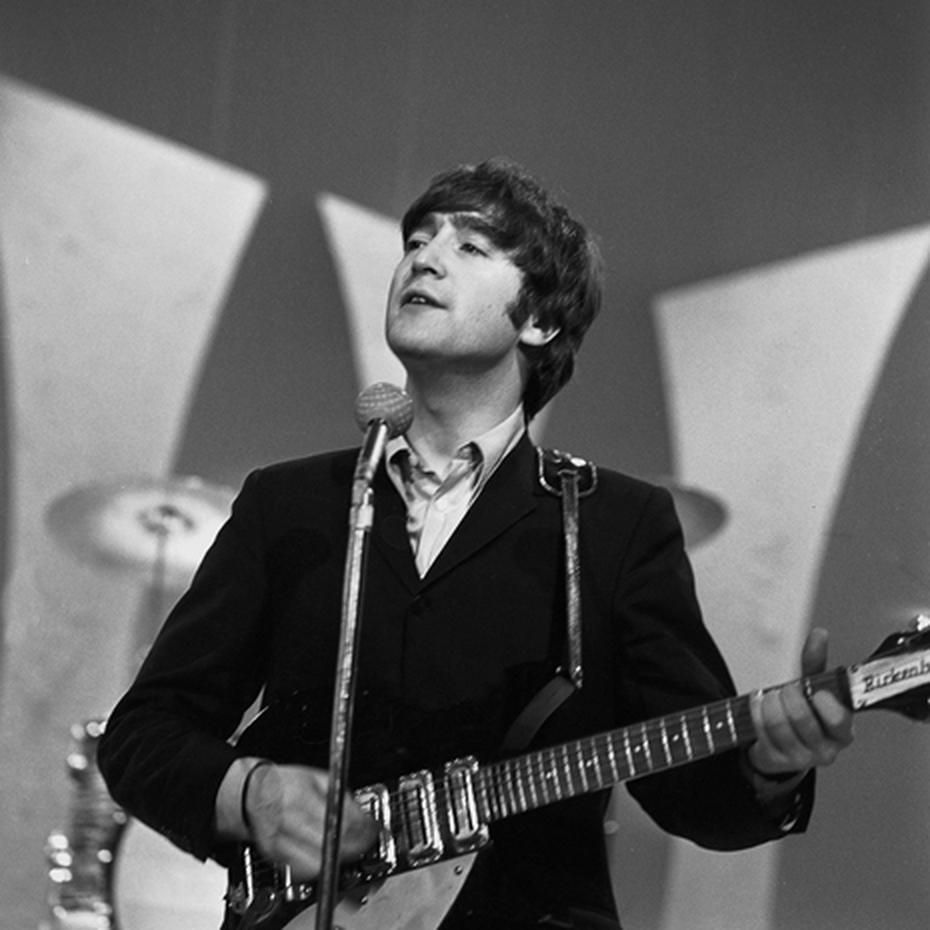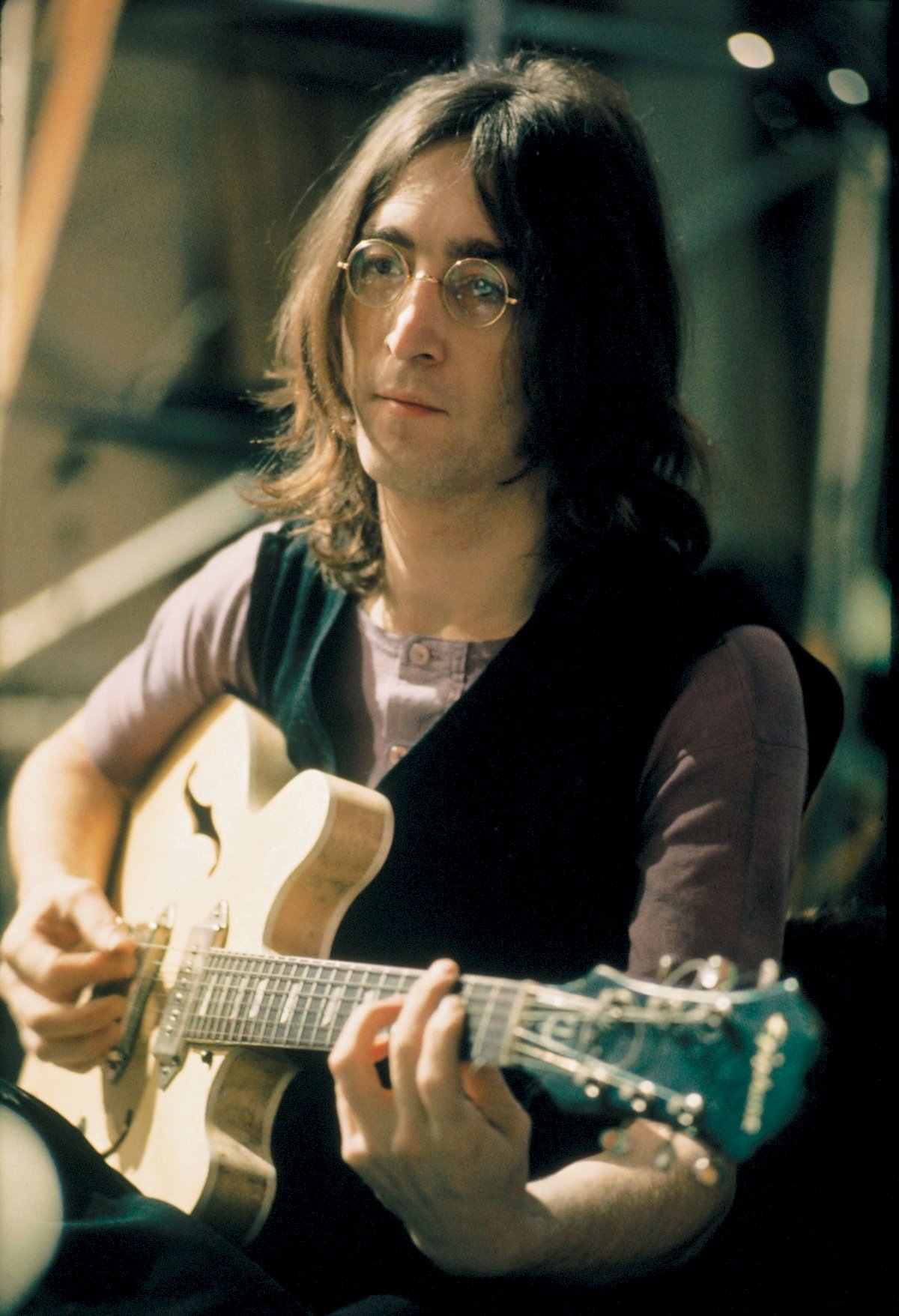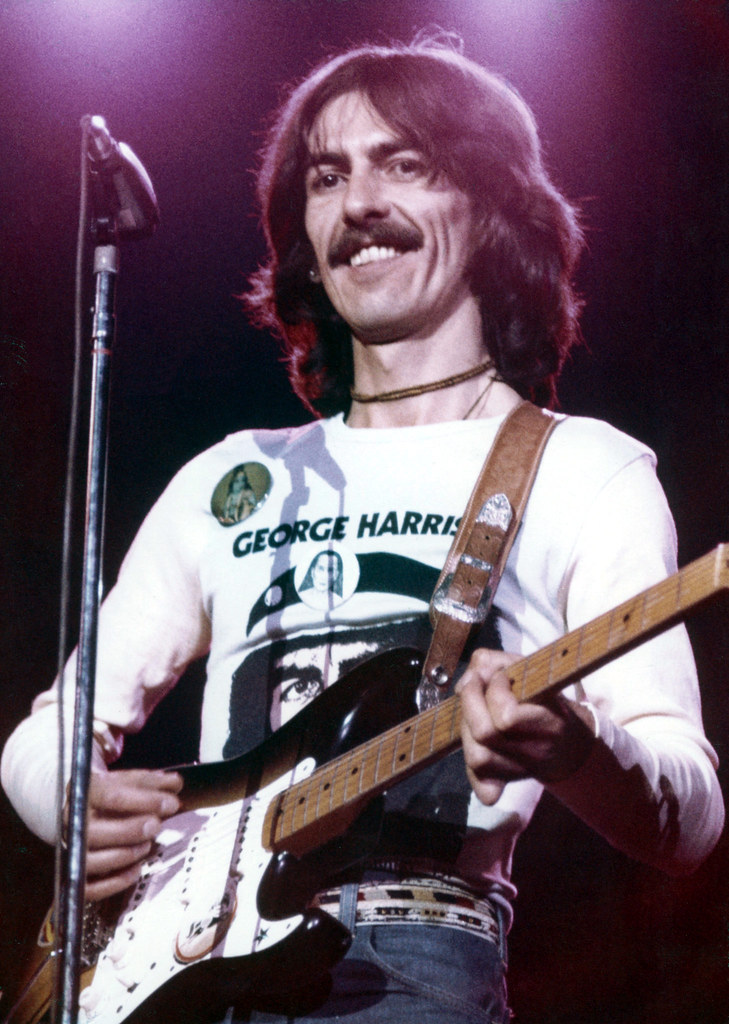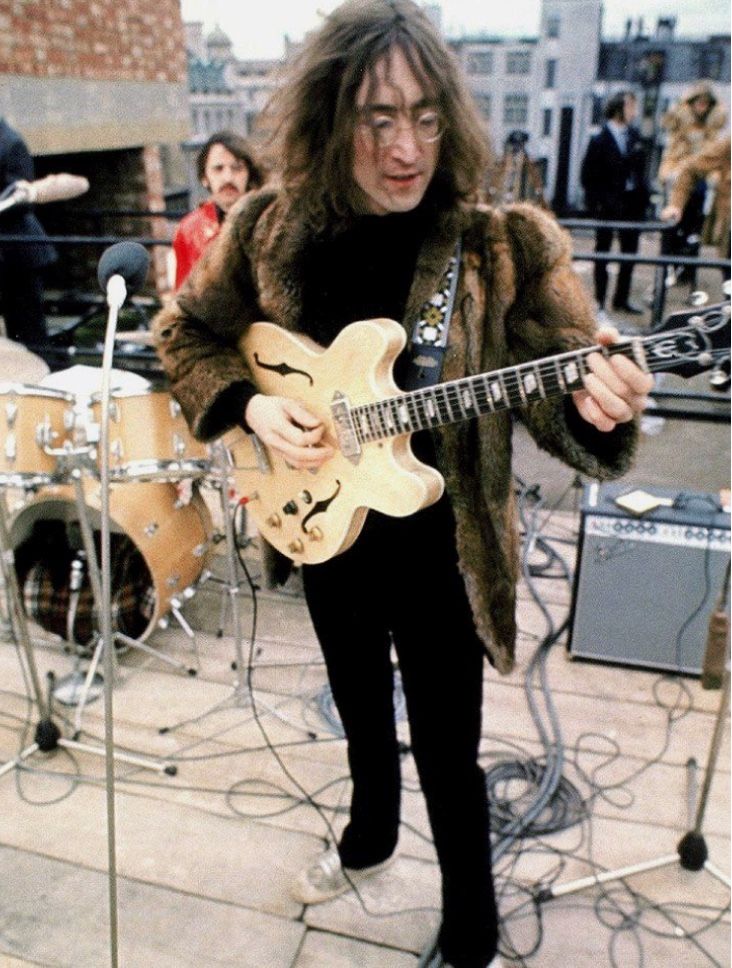The Beatles' song "Get Back" is a timeless classic that reverberates through the annals of rock music history. What makes this track even more intriguing is the unexpected fact that John Lennon, primarily known as the band's rhythm guitarist and vocalist, played lead guitar on this particular recording.

The Beatles' career - 'Get Back'

Released in 1969, "Get Back" marked a significant moment in The Beatles' career. The band, known for their groundbreaking experiments in the studio, was working on what would later become the "Let It Be" album. The recording sessions were not without tension, as internal conflicts and creative differences strained the group's unity. Amidst this backdrop, "Get Back" emerged as a return to the band's roots, a rocking, straightforward track that showcased their prowess as a live ensemble.
John Lennon as Rhythm Guitarist

Throughout The Beatles' career, the roles within the band were well-defined. John Lennon was primarily the rhythm guitarist and one of the main vocalists alongside Paul McCartney. George Harrison, the lead guitarist, was responsible for crafting memorable guitar solos and intricate melodies that became a trademark of the band's sound. Ringo Starr, of course, held down the rhythm on drums.
The Decision to Switch Roles

In the case of "Get Back," the decision to have John Lennon take on the lead guitar role was not arbitrary. This section of the article delves into the creative dynamics within the band during the recording of the song. What led to the switch in roles, and how did the band navigate this departure from their established norms?
George Harrison's Influence

While George Harrison is widely celebrated for his lead guitar contributions to The Beatles' catalog, his role in John Lennon's shift to lead guitar on "Get Back" is crucial. This section explores the collaborative spirit within the band and how Harrison's influence and support played a pivotal role in shaping the sonic landscape of the song.
John's Lead Guitar Style

John Lennon's lead guitar work on "Get Back" is distinctive. This section analyzes his approach to the instrument in the context of this particular song. What elements of his playing style make "Get Back" stand out, and how did his lead guitar contribute to the overall sound and feel of the track?
Capturing the Essence of a Rooftop Concert

The recording of "Get Back" was intertwined with The Beatles' famous rooftop concert, the impromptu performance atop the Apple Corps building in London. This section delves into the recording techniques employed to capture the energy and rawness of a live performance. How did the band recreate the atmosphere of a concert on a studio recording, and how did John's lead guitar work fit into this sonic tapestry?
Fans and Critics Respond

Upon its release, "Get Back" was met with both acclaim and scrutiny. This section examines the initial reactions from fans and critics to John Lennon's role as the lead guitarist. How did the unexpected switch influence the reception of the song, and what did it signify in the broader context of The Beatles' evolution?
"Get Back" remains a cornerstone of The Beatles' legacy, and John Lennon's lead guitar work on this track adds a layer of complexity to its historical significance. This section explores how the song has endured over the years and the lasting impact of John's departure from the conventional rhythm guitar role.
George's Return to Lead Guitar

Following "Get Back," George Harrison resumed his role as the lead guitarist in The Beatles. This section examines the post-"Get Back" dynamics within the band and how the return to the traditional roles influenced their subsequent recordings.
The Unconventional Brilliance of 'Get Back'

In conclusion, John Lennon's decision to play lead guitar on The Beatles' "Get Back" is a testament to the band's innovative spirit and their ability to break away from established norms. This musical choice, born out of collaboration and a desire to capture the essence of a live performance, adds a layer of richness to the song and contributes to its enduring legacy. "Get Back" stands as a shining example of The Beatles' ability to evolve and surprise, showcasing the unconventional brilliance that continues to captivate audiences to this day.

